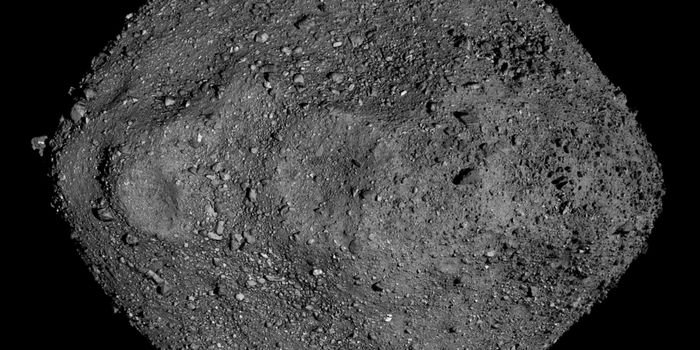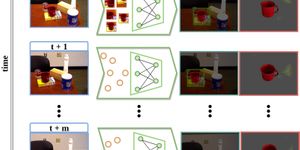'Deep Learning Algorithm' Triumphs Over Human Thinking
Solving the Rubik’s Cube has challenged human thinking since its inception in 1974. Now, the 3D logic puzzle is posed as an easy game for future artificial intelligence systems. Specifically, researchers at the University of California-Irvine have developed ‘DeepCubeA’—which is a deep reinforcement learning algorithm that aims to solve the Rubik’s cube in a fraction of a second without prior knowledge or in-game coaching.
Learn more on the history of the Rubik’s cube:
“Artificial intelligence can defeat the world’s best human chess and Go players, but some of the more difficult puzzles, such as the Rubik’s Cube, had not been solved by computers, so we thought they were open for AI approaches,” said senior author Pierre Baldi, UCI Distinguished Professor of computer science. “The solution to the Rubik’s Cube involves more symbolic, mathematical and abstract thinking, so a deep learning machine that can crack such a puzzle is getting closer to becoming a system that can think, reason, plan and make decisions.”
The study was published in Nature Machine Intelligence and describes how DeepCubeA can solve 100 percent of all test configurations of the Rubik’s cube along with successfully solving other combinatorial games—like the sliding tile puzzle, Lights Out and Sokoban.
A computer simulation of a completed Rubik’s cube puzzle was started to train DeepCubeA in isolation for two days with increasingly difficult series of combinations to complete
“It learned on its own,” Baldi noted, “our AI takes about 20 moves, most of the time solving it in the minimum number of steps. Right there, you can see the strategy is different, so my best guess is that the AI’s form of reasoning is completely different from a human’s.”
University of California-Irvine: The fastest people need about 50 moves to solve a Rubik’s Cube. Credit: Steve Zylius / UCI
“But these systems are not really intelligent; they’re brittle, and you can easily break or fool them,” Baldi said. “How do we create advanced AI that is smarter, more robust and capable of reasoning, understanding and planning? This work is a step toward this hefty goal.”
Source: Science Daily









